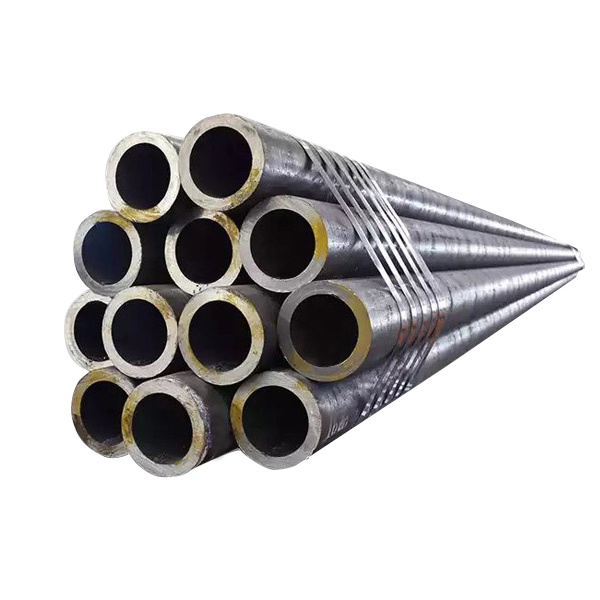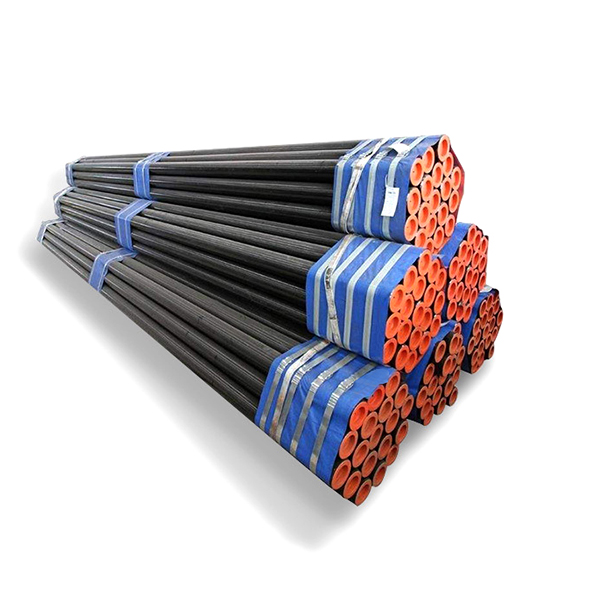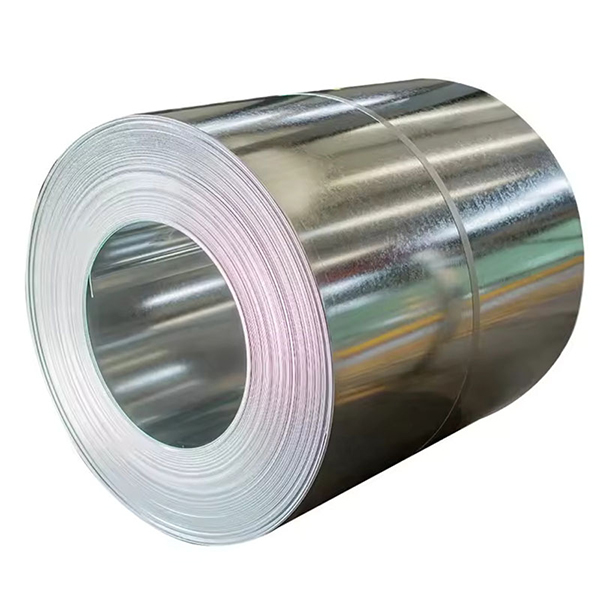The difference between seismic rebar and ordinary rebar
What is seismic rebar
Seismic rebar is through the converter or electric furnace smelting + billet continuous casting and rolling + cold bed cooling technology made of seismic steel bars, with the building tilt, deformation of the "stable", no fracture characteristics, widely used in buildings, Bridges, roads and other civil engineering construction, in order to improve the stability of buildings, safety, life safety and property safety.
Seismic rebar is mainly composed of pig iron 900~1100 mass, ferrosilicon 10~15 mass, high carbon ferro manganese alloy 2~6 mass, vanadium nitogen alloy 2~4 mass, chromium zirconium copper alloy 20~25 mass, ferro molybdenum alloy 0.2~0.5 mass, etc. Seismic rebar is mainly used in tunnels, railways, Bridges, flood control, highways, culverts, DAMS and other public facilities. Seismic rebar in the case of earthquake above 5, can prevent the building from tilting, steel bar fracture.
The steel bar with E is the seismic steel bar stipulated in the new code. The steel bar with E symbol HRB400E refers to the ordinary hot-rolled ribbed steel bar with a strength class of 400MPa and seismic performance. The core of the steel bar with E is that the overbend ratio index of the steel bar can not be too large, and the strength yield ratio and elongation index can not be too small.
The performance difference between seismic rebar and ordinary rebar is pressure resistance, bending force, ductility, etc., other differences are appearance, use symbol, structure, etc., the specific difference is as follows:
1. different in terms of pressure resistance: seismic rebar products have good tensile strength in terms of pressure resistance, and the ratio of tensile strength to the measured yield strength characteristic value is not less than 1.25, while ordinary rebar products are more general in terms of pressure resistance.
2.the bending strength is different: seismic rebar products show higher yield strength in bending force, and the ratio of yield strength to the standard stipulated yield strength characteristic value is not greater than 1.30, and ordinary rebar products show more general yield strength in bending force.
3. the ductility is different: seismic rebar products have good ductility in terms of elongation, and the maximum total elongation is not less than 9%, while the data of ordinary rebar products in terms of ductility is more general.
4.the use of symbols is different: from the point of view of the use of symbols, the former has an "E" behind the grade of the seismic structure, such as: HRB400E, HRB500E, where E is the first letter in the English word of earthquake, meaning that the product has reached the "seismic" standard issued by the state. Ordinary rebar does not. In addition, the diameter of ordinary steel bars is generally between 8-50 mm, respectively 8, 12, 25, 32, 40, 50 mm, and different diameters, the thickness of the steel bar is also different.
5. the shape is different: from the shape point of view, seismic steel bars with ribbed steel above, and ordinary steel bars are generally small round steel or disk round.
6. the structure is different: from a structural point of view, the former has a certain degree of earthquake resistance, when the building is affected by an earthquake, it can extend the damage time of the building and avoid the instant collapse of the building. The ductility of ordinary steel bars is relatively poor, and the building is easy to collapse in the event of an earthquake.
The seismic steel bar is the steel with E, the steel bar is seismic performance, basically can withstand the earthquake of about 7, can play the steel bending but continuous effect. The safety of human life and property escort. Non-seismic rebar is ordinary steel.





